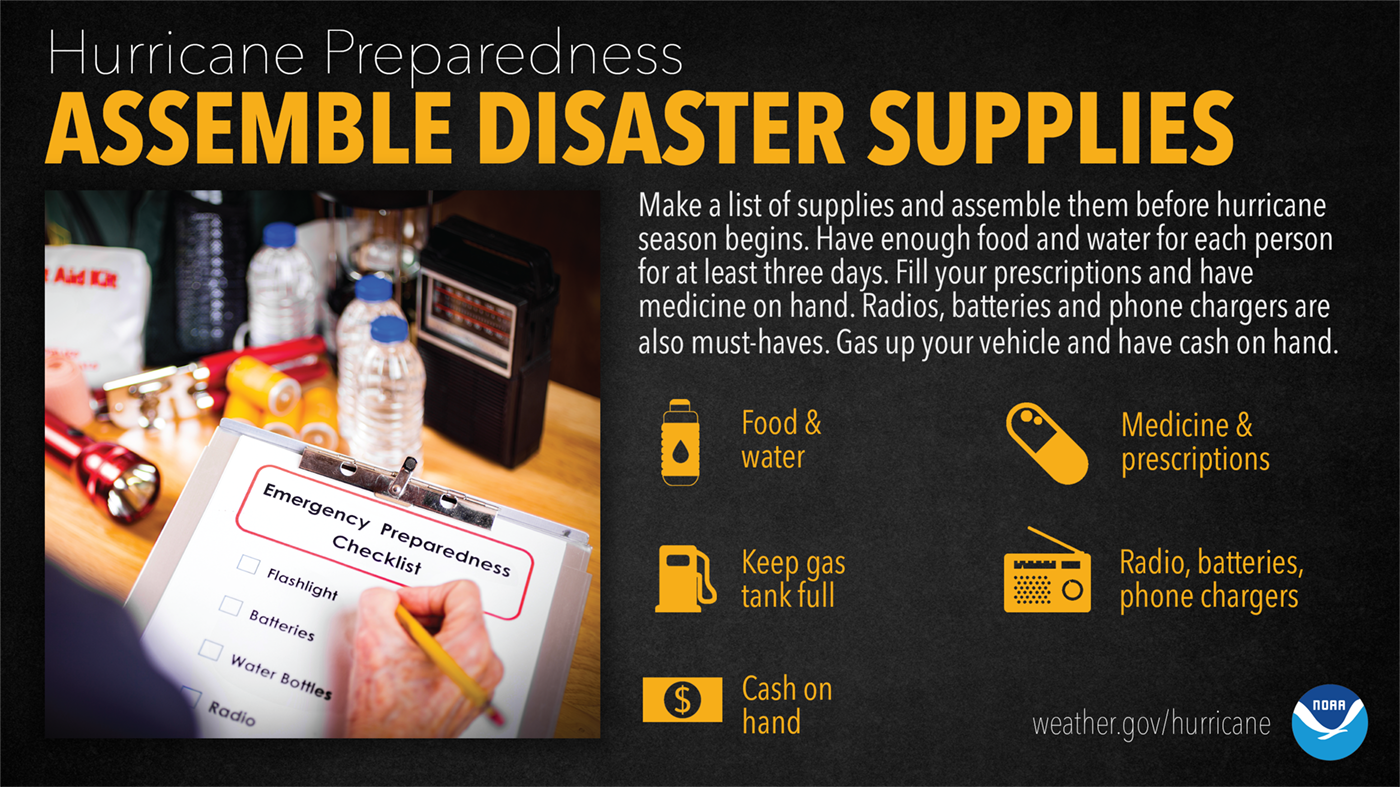Hurricane Preparedness Week took place May 9-15, 2021. Federal agencies like the National Weather Service (run by the National Oceanic and Atmospheric Administration aka NOAA) gave their expert advice for bracing against this year’s major storms.
This year is proving to be yet another unprecedented year of severe storms according to the NOAA. With the season starting as soon as June 1 (and wrapping up November 30), it’s time to have your recovery plan ready and waiting. Easy to do, right? Not so much. There is a lot to consider when putting your relief plan together, which can be intimidating.
If you missed Hurricane Preparedness Week this year you’re in luck because the National Weather Service gave seven detailed steps for creating your best disaster recovery outcomes.
1. Determine Your Risks
What are the risk factors for your business, organization or area? There are a few things to consider and ask yourself to figure out how to start your relief plan. Look at your region’s history and see what the worst case scenarios have been for surges, winds, flooding, currents, and tornadoes. Use those factors to help determine what hazards you should account for as you create your plan of action.
2. Develop an Evacuation Plan
Now that you know what’s potentially headed your way, it’s time to use those factors to make your plan. Start with knowing and documenting what to do if an evacuation is needed. Be sure to find out if you’re in an evaluation zone, have a plan for different route options depending on where your people are, and get supplies packed and ready to go with designated captains to help streamline getting your workforce to safety.
3. Assemble Disaster Supplies and Resources
Speaking of getting supplies packed and ready to go, for businesses, hospitals, government agencies and other types of commercial and private industries, needs will differ from what individuals need to do when a disaster hits.
To be fully prepared and ready to respond for quick recovery, partnering with experts that specialize in disaster relief planning and management is essential. (Here is how you can prepare to be secure in the face of every hurricane season.)
4. Complete a Written Plan
Now that you understand your risk factors, have created different evacuation scenarios and assembled your resources, you’re ready to put all of this on paper (or Word document). The best part about making a relief plan is that you can adapt it for other possible disasters outside of hurricanes and severe storms. The expert resources you’ve outlined to use for this plan — if you’ve chosen correctly — can be the same that can be used for all of your relief needs in the future, regardless of the emergency.
Pro Tip! Share internally and with your stakeholders, this will show everyone that you are well-prepared for this year’s hurricane season and the ones to come.





